How Princess Diana reshaped the Royal Family
Princes William and Harry unveil new memorial commemorating the People’s Princess
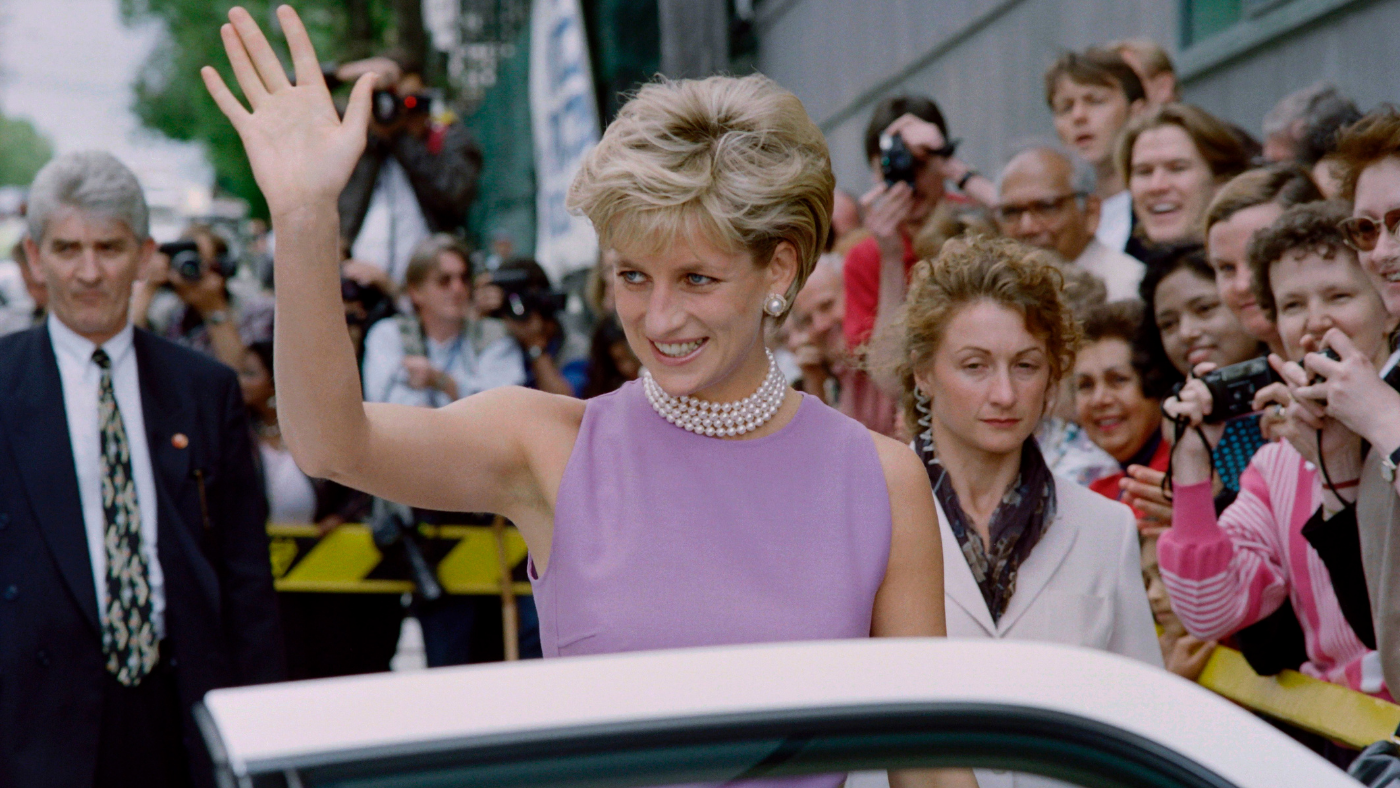
A statue has been unveiled by Prince Harry and Prince William at Kensington Palace today to mark what would have been the 60th birthday of Diana, Princess of Wales.
Harry, who has returned to the UK for the unveiling, delivered a speech earlier this week paying tribute to his mother’s legacy. The Duke of Sussex told recipients of the Diana Award, an accolade honouring young people working towards sustainable social change, to “never be afraid to do what's right.
“Stand up for what you believe in and trust that when you live by truth and in service to others, people will see that just as they did with my mum,” he said.
The Week
Escape your echo chamber. Get the facts behind the news, plus analysis from multiple perspectives.

Sign up for The Week's Free Newsletters
From our morning news briefing to a weekly Good News Newsletter, get the best of The Week delivered directly to your inbox.
From our morning news briefing to a weekly Good News Newsletter, get the best of The Week delivered directly to your inbox.
Perceptions of the British monarchy around the world changed thanks, in part, to Diana’s personable approach to her royal role – a legacy her sons are keen to continue.
A softer approach
A stiff upper lip was seen as a key trait of the British monarchy in the days before Diana, one which the “People’s Princess” is often credited with softening. Diana strayed from the expected formalities of royal life, and even the smallest of gestures that deviated from the traditional came to take on significance in the public eye.
Unlike other royals Diana never wore gloves, Vogue’s former deputy editor Anna Harvey, who became a friend of Diana’s, remembers. “She wanted flesh to flesh contact,” she writes.
A free daily email with the biggest news stories of the day – and the best features from TheWeek.com
A tireless advocate for ending the stigma around HIV/Aids, pictures of the princess shaking hands with patients drew much media attention, her actions were “revolutionary” in changing public perception around the disease, says Tatler.
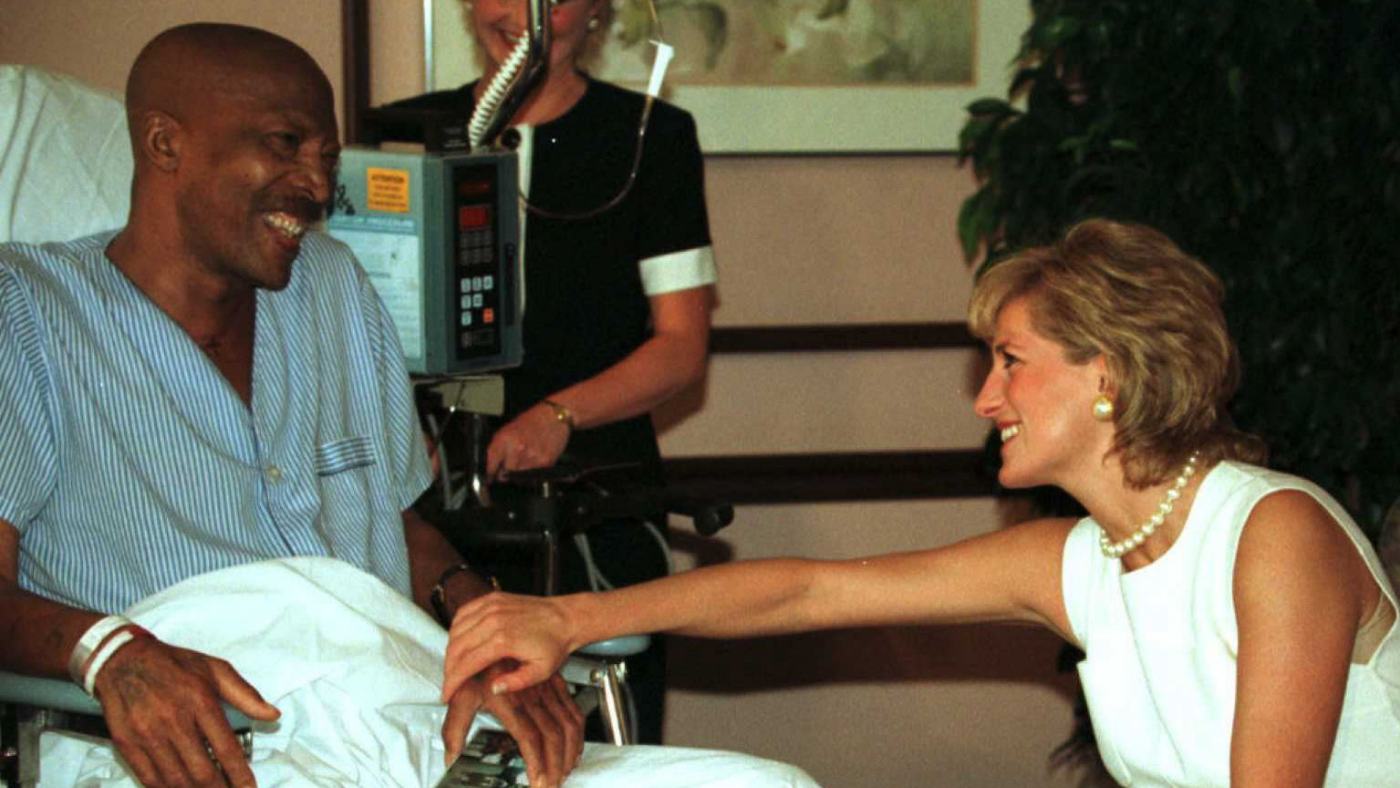
The media made the most of Diana’s candid and authentic approach to her role, and she quickly gained fans around the world. Her state visits were highly publicised affairs and her charitable work quickly established her status as a “prominent philanthropic force”, Harper’s Bazaar says.
She entered a sphere of influence beyond that which the royals had previously inhabited on the global stage, dancing with movie stars at the White House and adorning the cover of Vogue magazine no less than three times during her life. She was “a breath of fresh air”, winning the public round with “her very human flaws and vulnerabilities”, wrote Alicia Carroll in The New York Times almost a decade ago.
“Before she came on the scene in 1980, very few people in the U.S. paid attention to the royals or could tell you the name of the queen of England,” she said. “Diana changed all that.”
Refashioning the firm
Diana’s attitude and manner may have won the public round, but it seems she had to play a more forceful hand to try to change the monarchy’s ways.
In the landmark 1995 Panorama interview with Martin Bashir, Diana said she “would like a monarchy that has more contact with its people”. She took that responsibility on herself and her ability to create connections with the public through an apparent openness would go on to “legitimise the role of feeling in the public space”, wrote Matthew d’Ancona in The Guardian on the 20th anniversary of her death.
The princess’s enthusiasm for her role and popularity with the public caused frictions within the family. The relationship between herself and Princess Anne was “even more tense” than The Crown made out, according to Vanity Fair. The reciprocity between the public and Diana was not mirrored behind closed doors; in the same 1995 interview, Diana told Bashir that her eating disorder was “a symptom of what was going on in my marriage”.
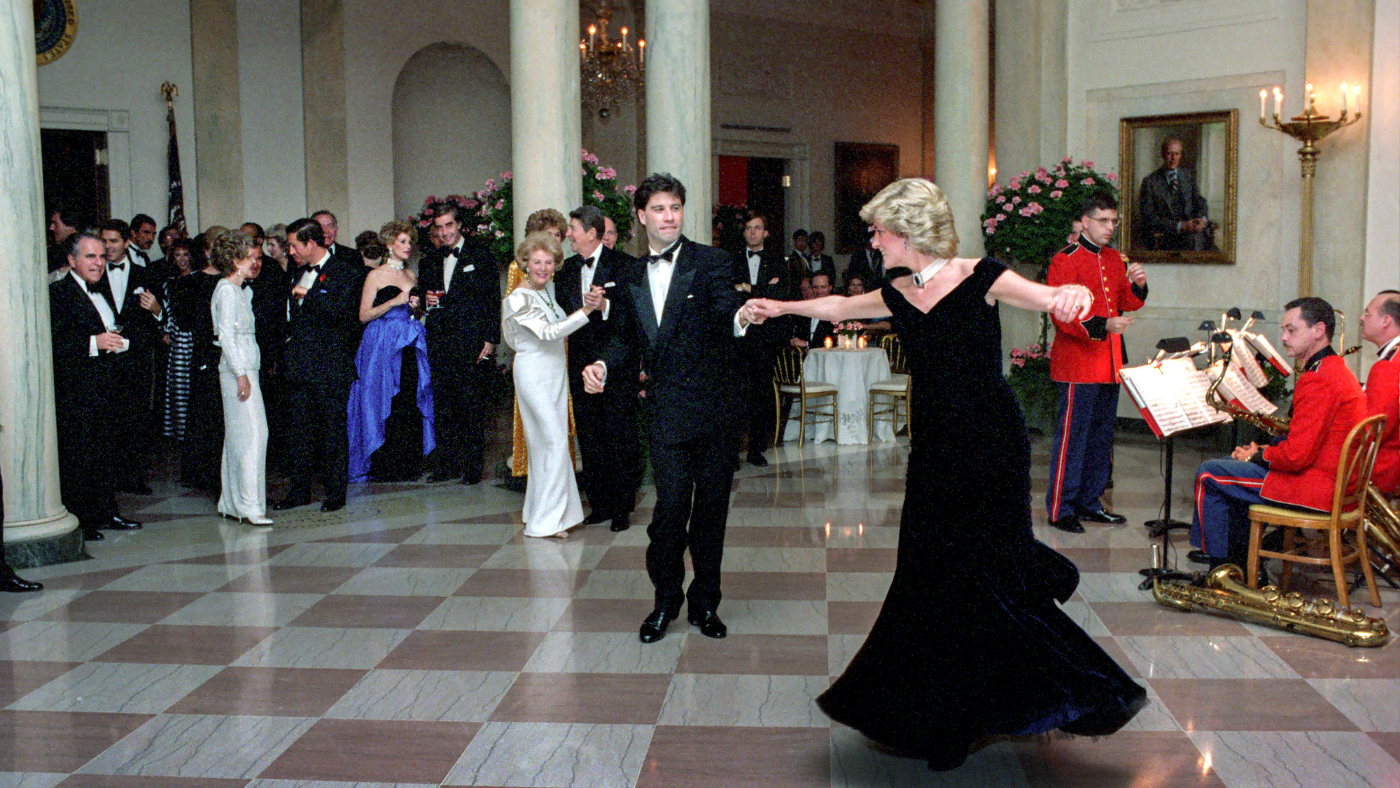
Critics of “the firm” were quick to admonish the royals after Diana’s death – the Queen’s own statement on the tragedy came almost a week after the event. Julie Burchill, the writer widely recognised with coining the “People’s Princess” nickname, wrote in The Guardian two days after the fatal car crash in Paris that Diana had “showed the House of Windsor up for what it was: a dumb, numb dinosaur, lumbering along in a world of its own, gorged sick on arrogance and ignorance”.
Her “brave, bright, brash life will forever cast a giant shadow over” the royals, she predicted.
A lasting legacy?
“Saintly or scheming, misunderstood or manipulative”, Diana divides opinions among commentators, the “reams” written about her painting the princess in contradictory lights, says Reshmi R Dasgupta in The Economic Times. But on one point most can agree: the response to her death marked a change in the general public’s perception of the royals.
The flowers left at Kensington Palace “transformed a London park into something closer to Lourdes”, d’Ancona says. And when the Royal Family faltered in its response to her death, the public took note. “This most enduring of institutions looked as if it might actually implode under the weight of so much emotion,” wrote Sarah Lyall at The New York Times 20 years on from Diana’s death.
It was seen as a turning point in the British sensibility, “a bold punctuation mark in a new national narrative that favoured disinhibition, empathy and personal candour”, as d’Ancona puts it.

But others view the princess’s legacy with scepticism. “It didn’t take long for Britons to tire of [Tony] Blair’s Diana-like emotionalism,” wrote Anne Applebaum on Slate in 2007, at which time the royals remained “pretty much the same, only quieter” than during the years of “Dianamania”. And if Applebaum was correct in thinking that the Royal Family learnt from Diana “that there is such a thing as too much publicity”, it’s surely a lesson they have been reminded of in the past three years amid the ongoing tabloid coverage of Meghan Markle.
Diana left Britain “more inclined to value gut feeling over expert opinion” in both its politics and public discourse, says Lyall.
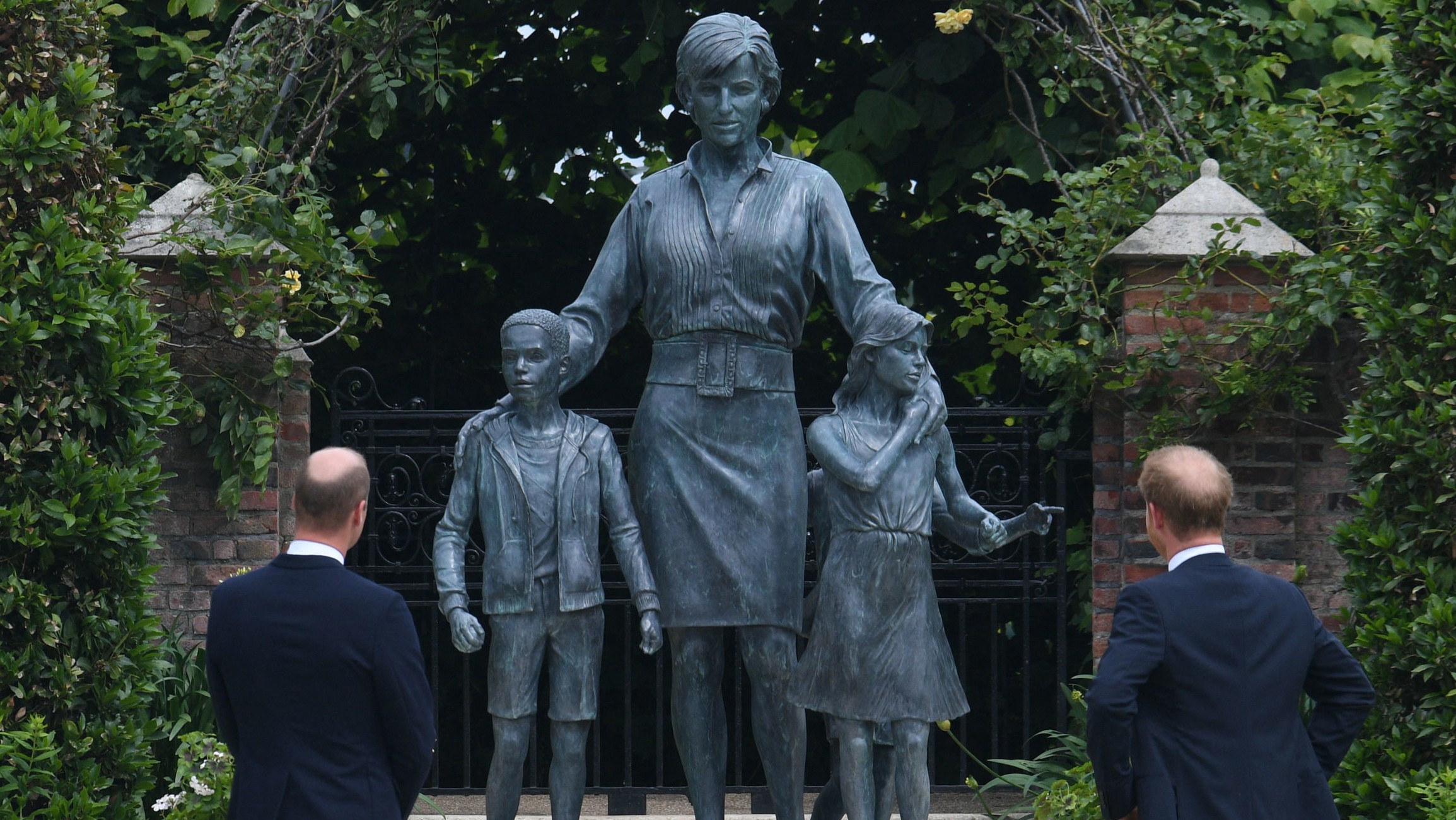
The “complicated royal rebel” has left “an enduring imprint on the House of Windsor”, said The Independent ahead of what would have been her 60th birthday today. By interacting more “intimately” with the public – “kneeling to the level of a child, sitting on the edge of a patient’s hospital bed, writing personal notes to her fans” – she inspired other royals, including her sons, to “become more human and remain relevant in the 21st century”, says the newspaper.
“Diana didn’t invent the idea of royals visiting the poor, destitute or downtrodden,” it concludes. “But Diana touched them – literally.”
Julia O'Driscoll is the engagement editor. She covers UK and world news, as well as writing lifestyle and travel features. She regularly appears on “The Week Unwrapped” podcast, and hosted The Week's short-form documentary podcast, “The Overview”. Julia was previously the content and social media editor at sustainability consultancy Eco-Age, where she interviewed prominent voices in sustainable fashion and climate movements. She has a master's in liberal arts from Bristol University, and spent a year studying at Charles University in Prague.
-
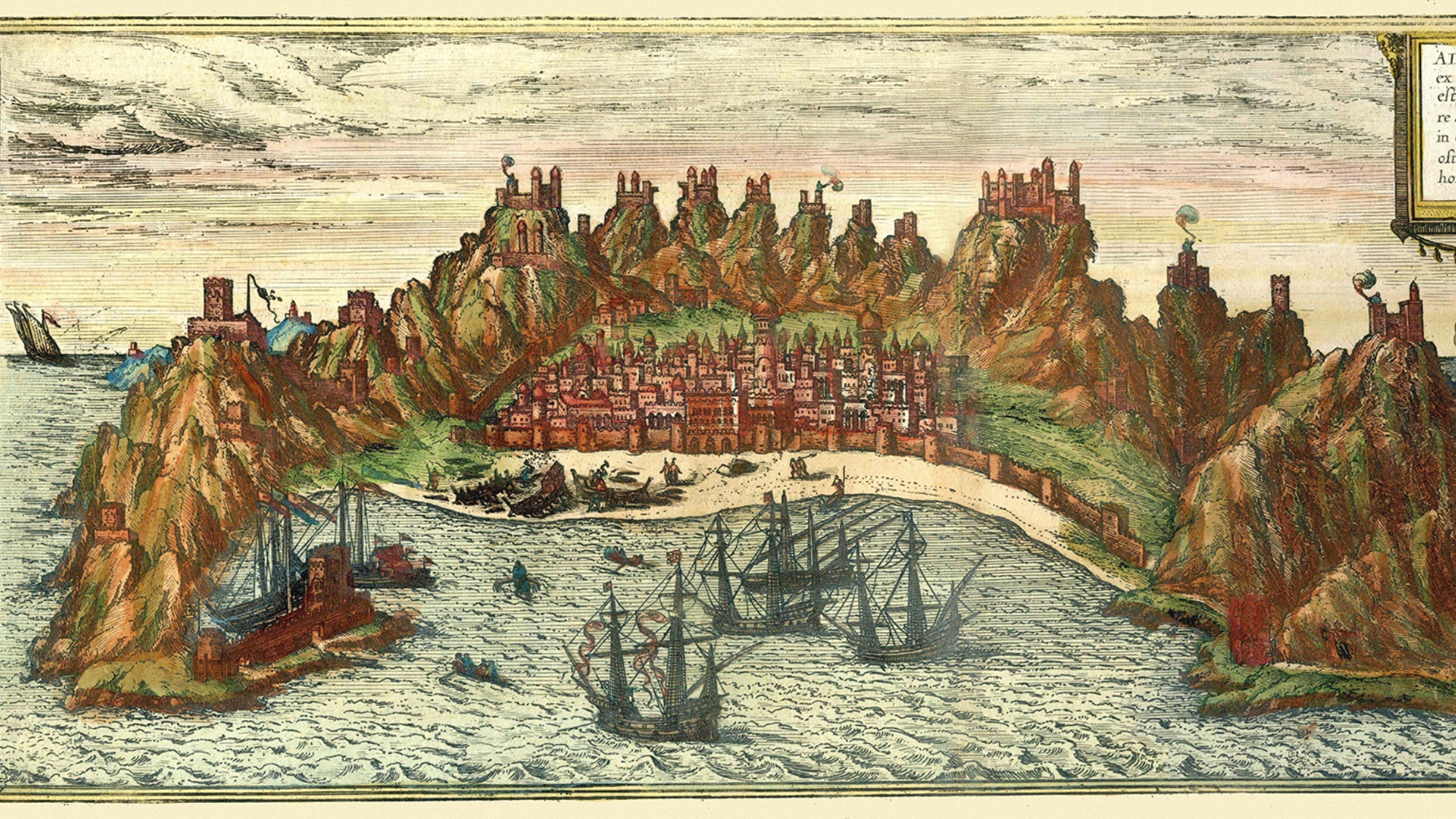 ‘Capitalism: A Global History’ by Sven Beckert and ‘American Canto’ by Olivia Nuzzi
‘Capitalism: A Global History’ by Sven Beckert and ‘American Canto’ by Olivia NuzziFeature A consummate history of capitalism and a memoir from the journalist who fell in love with RFK Jr.
-
 Who will the new limits on student loans affect?
Who will the new limits on student loans affect?The Explainer The Trump administration is imposing new limits for federal student loans starting on July 1, 2026
-
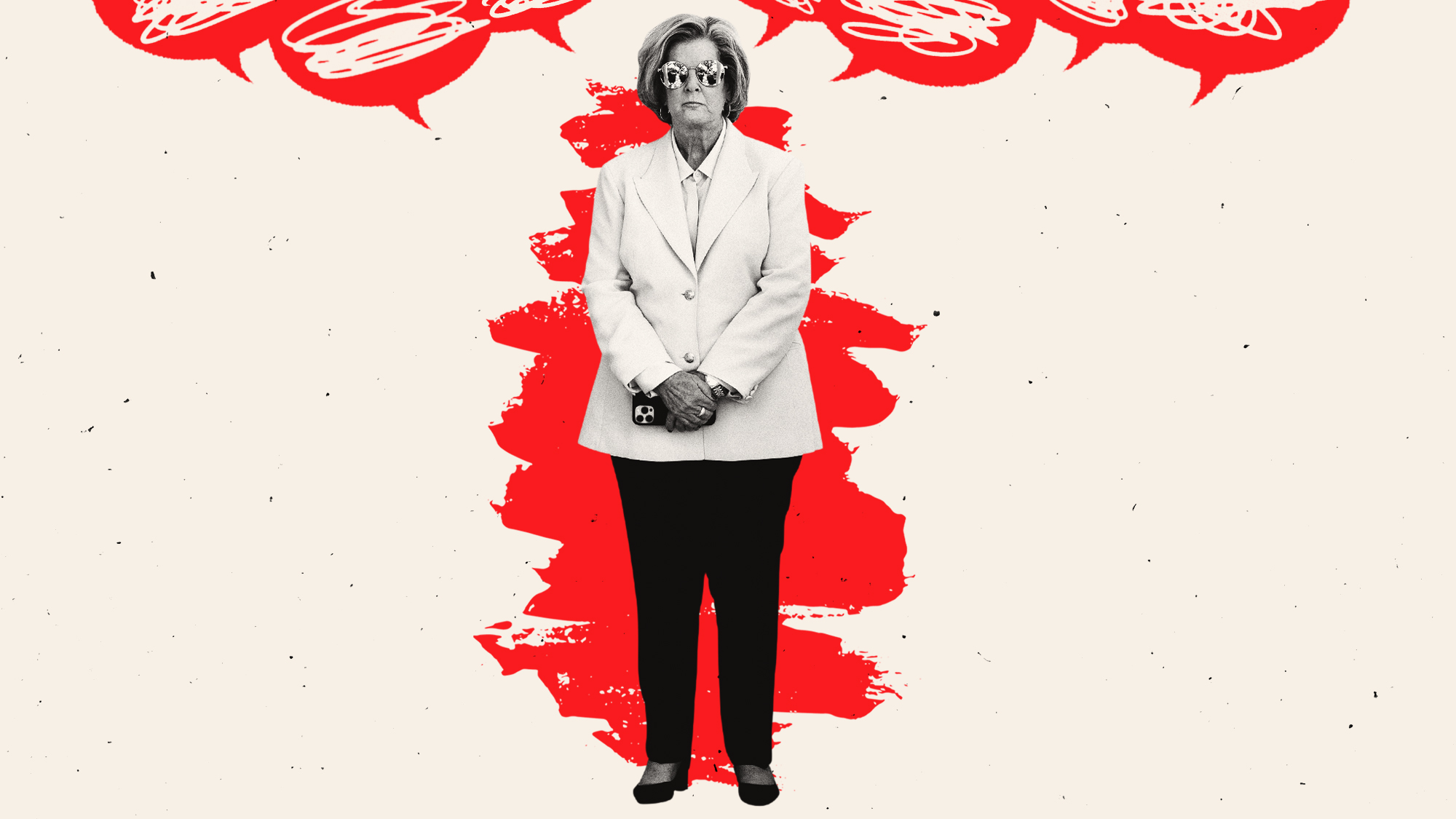 Why does Susie Wiles have MAGA-land in a panic?
Why does Susie Wiles have MAGA-land in a panic?TODAY’S BIG QUESTION Trump’s all-powerful gatekeeper is at the center of a MAGA firestorm that could shift the trajectory of the administration
-
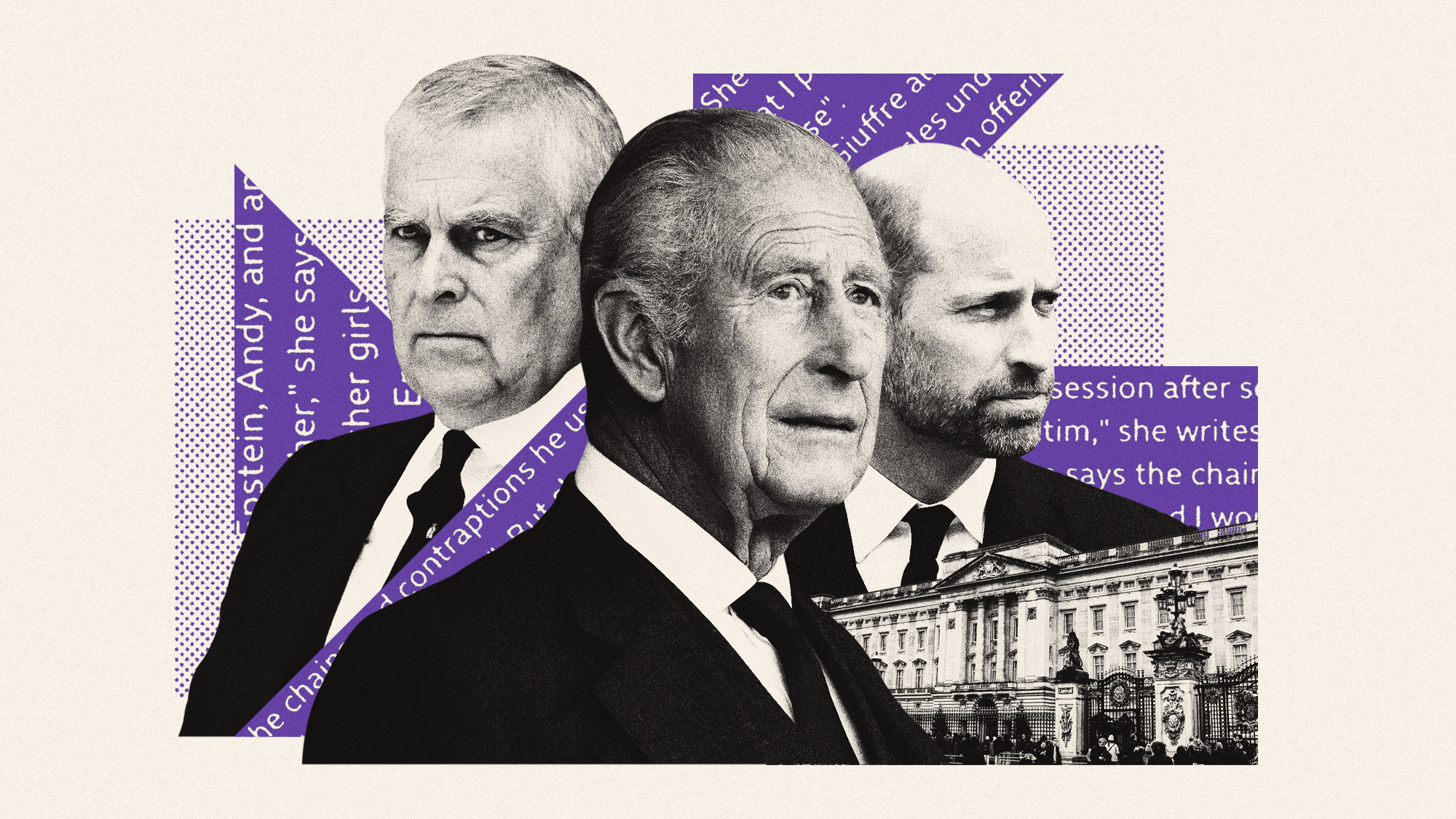 Prince Andrew: is the royal family doing enough?
Prince Andrew: is the royal family doing enough?Today’s Big Question King Charles faces calls for tougher action against Andrew after latest allegations about Virginia Giuffre and Jeffrey Epstein
-
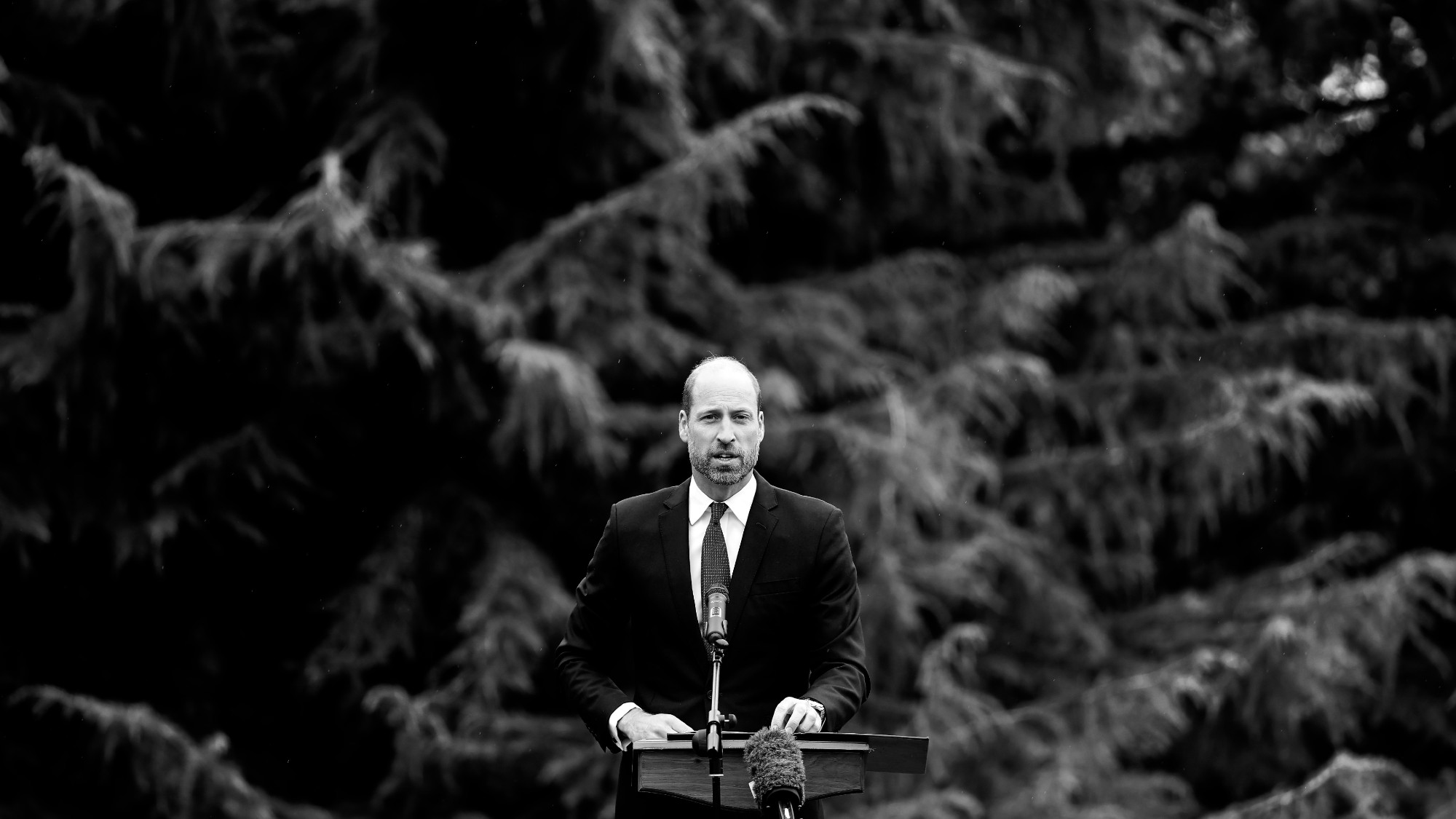 What will William be like as king?
What will William be like as king?Today's Big Question Prince of Wales said he won’t be ‘restricted’ by history when he takes the throne
-
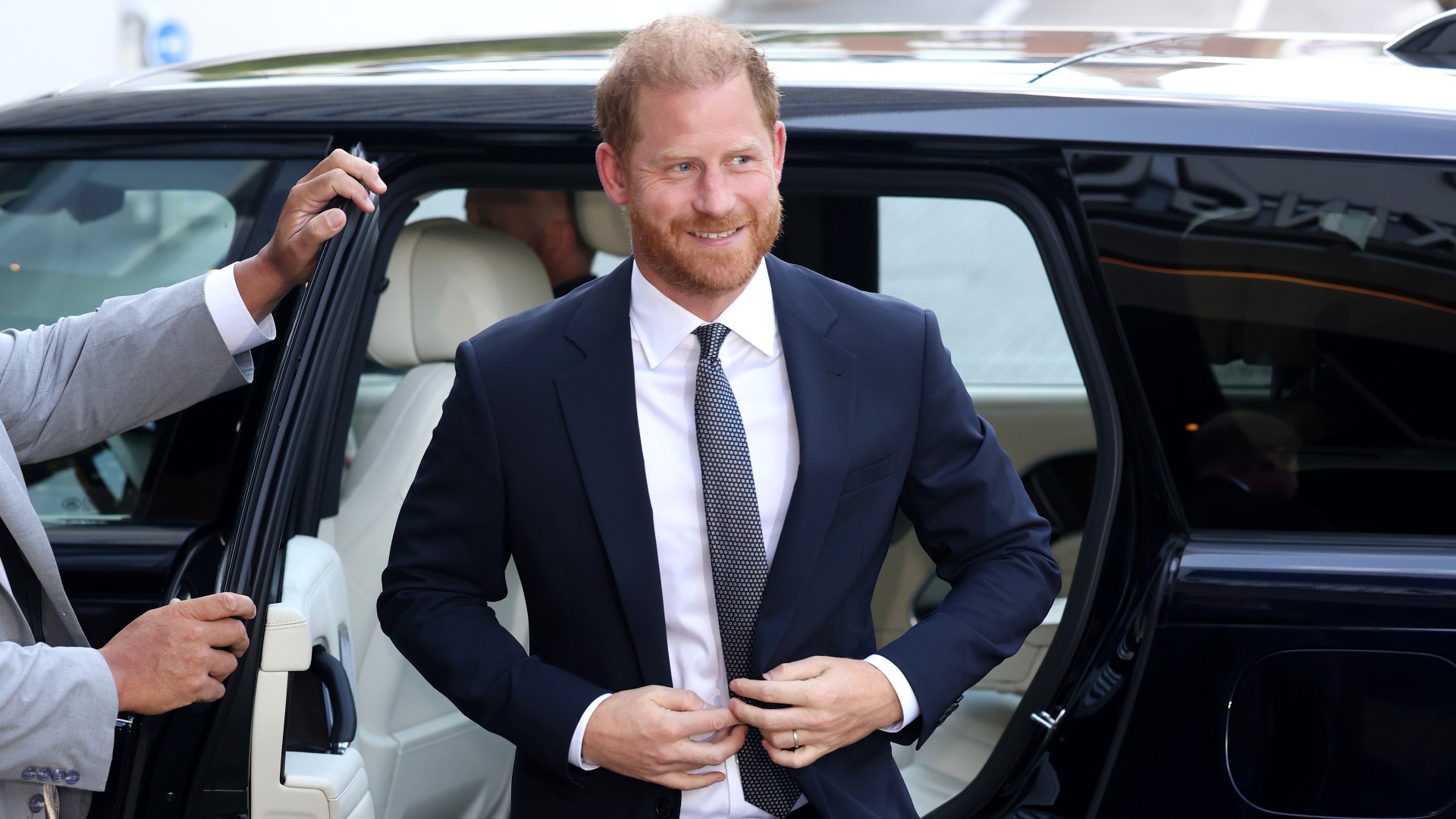 Prince charming: Harry’s tea with King sparks royal reconciliation rumours
Prince charming: Harry’s tea with King sparks royal reconciliation rumoursTalking Point Are the royals – and the UK public – ready to welcome the Duke of Sussex back in?
-
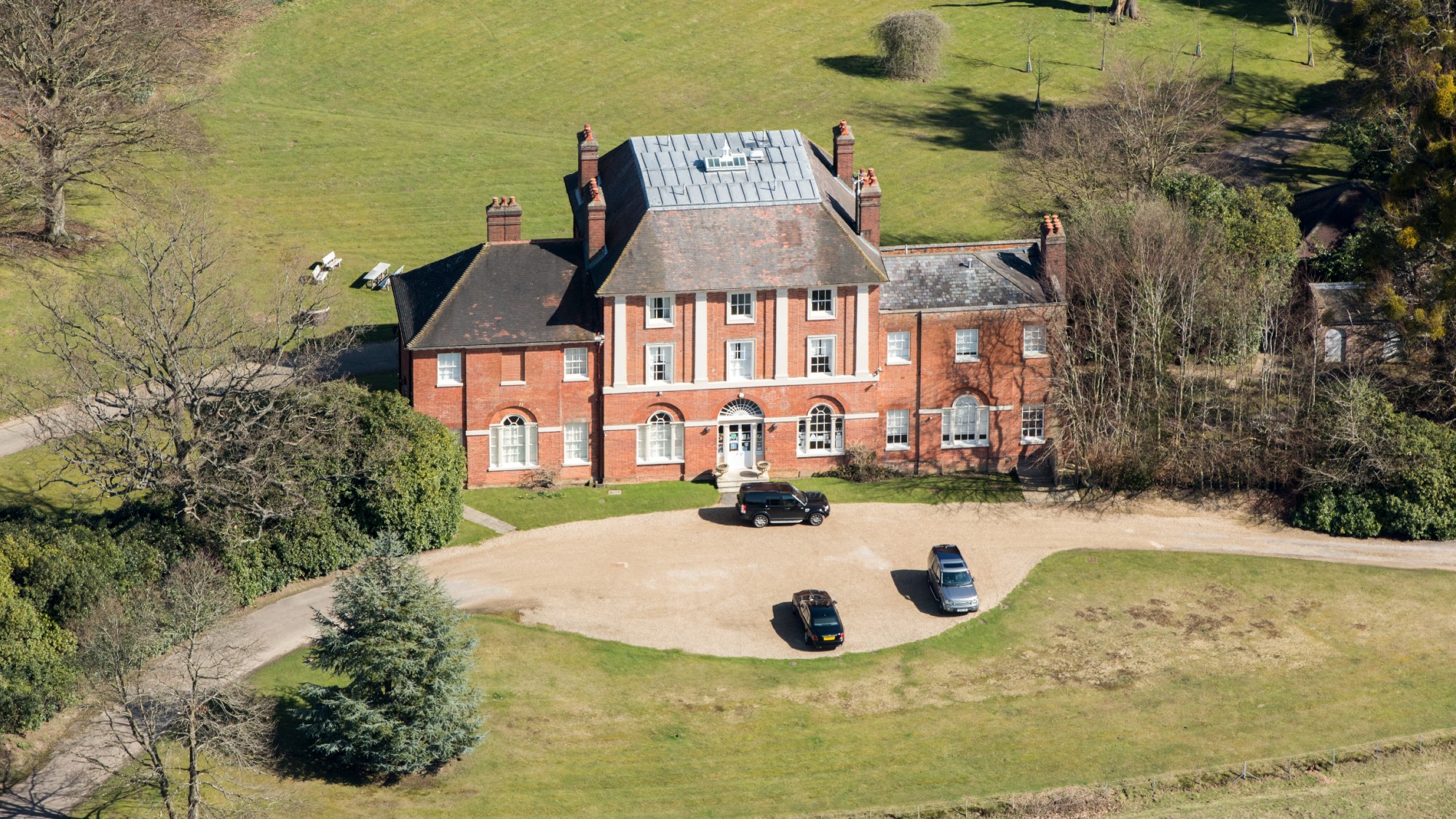 Forest Lodge: William and Kate's new home breaks with royal tradition
Forest Lodge: William and Kate's new home breaks with royal traditionIn the Spotlight Wales' said to hope move to 'forever home' in Windsor Great Park will 'leave unhappy memories behind'
-
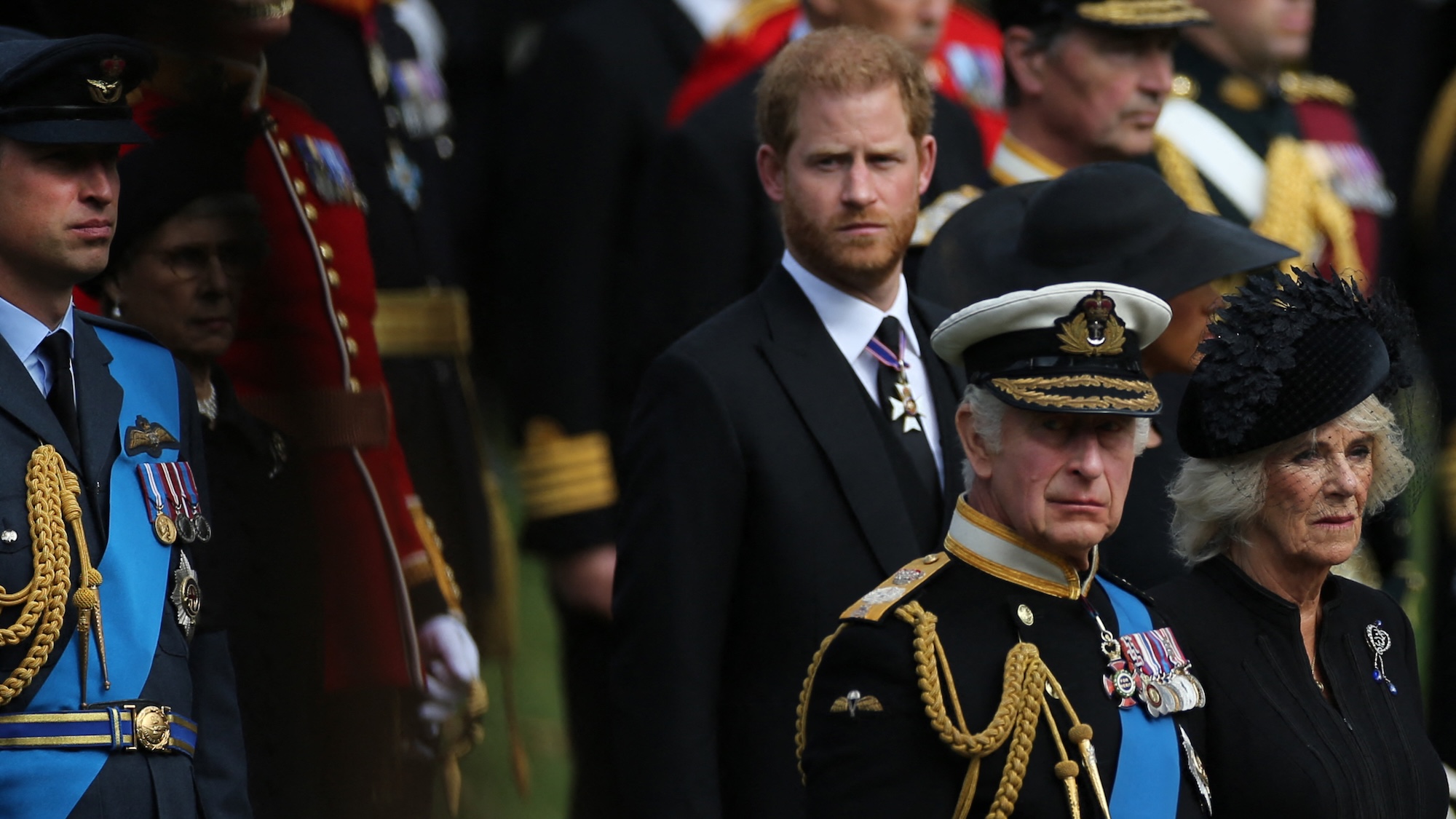 King Charles and Prince Harry: peace in our time?
King Charles and Prince Harry: peace in our time?Talking Point Leaked images of a secret meeting between royal aides suggest a dialogue is beginning to open up
-
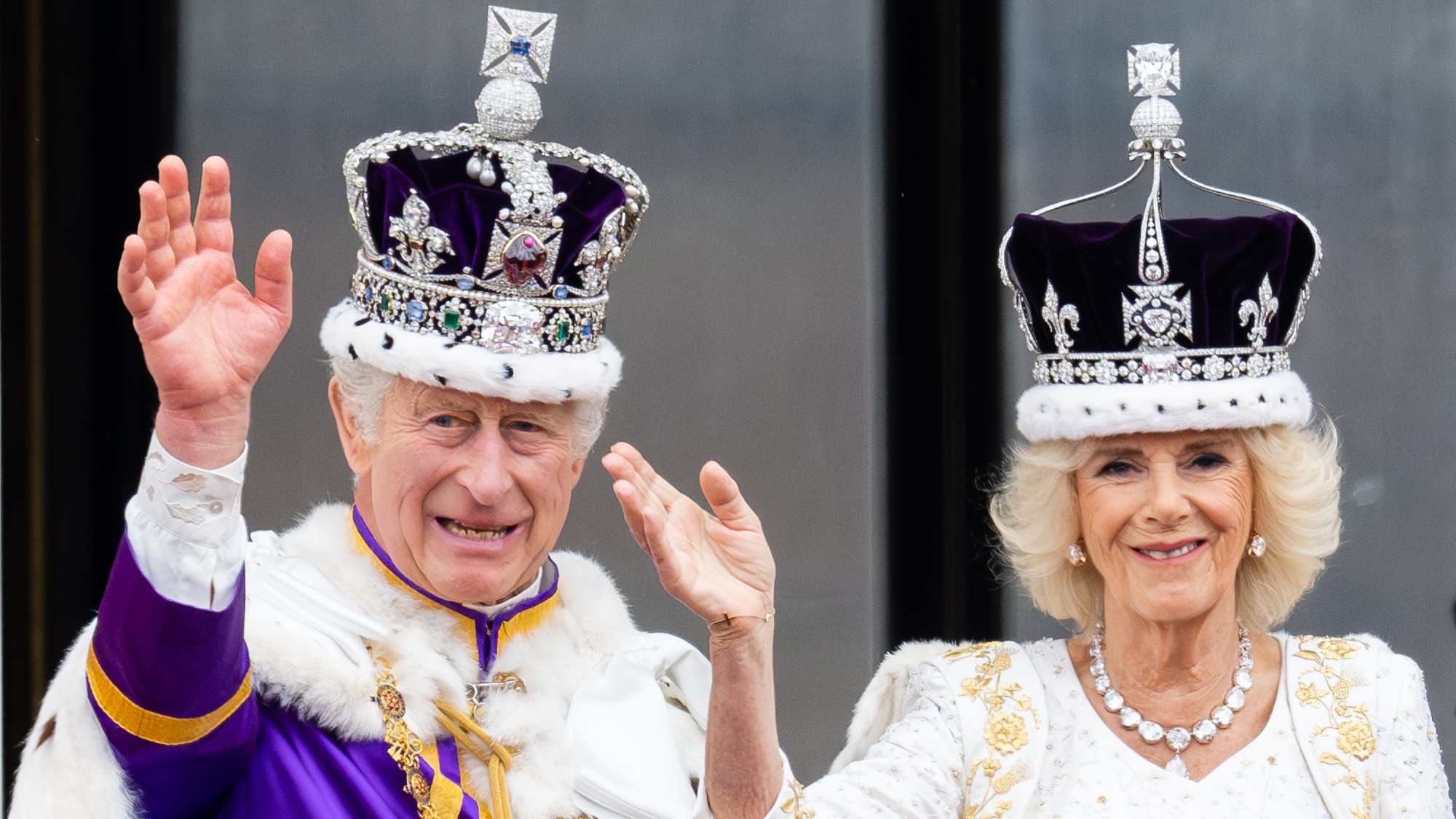 King Charles and the Sovereign Grant: how UK taxpayers fund the monarchy
King Charles and the Sovereign Grant: how UK taxpayers fund the monarchyThe Explainer Royals received £86.3m from government last year – and they are in line for a 50% increase
-
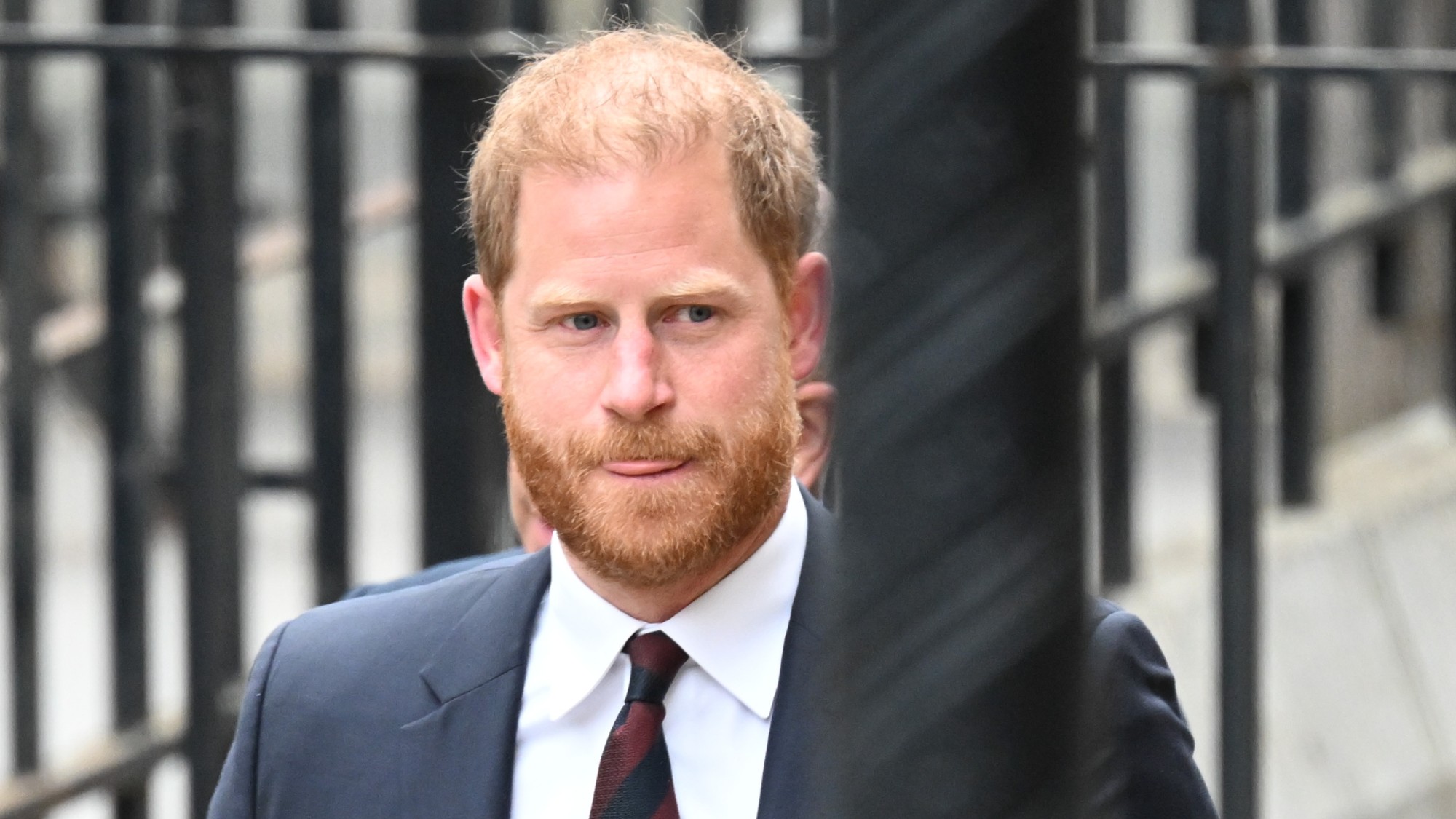 Prince Harry's 'bombshell' BBC interview
Prince Harry's 'bombshell' BBC interviewTalking Point Royal claims he is not safe to visit the UK and fuels speculation over King Charles' health in 'extraordinary' BBC interview
-
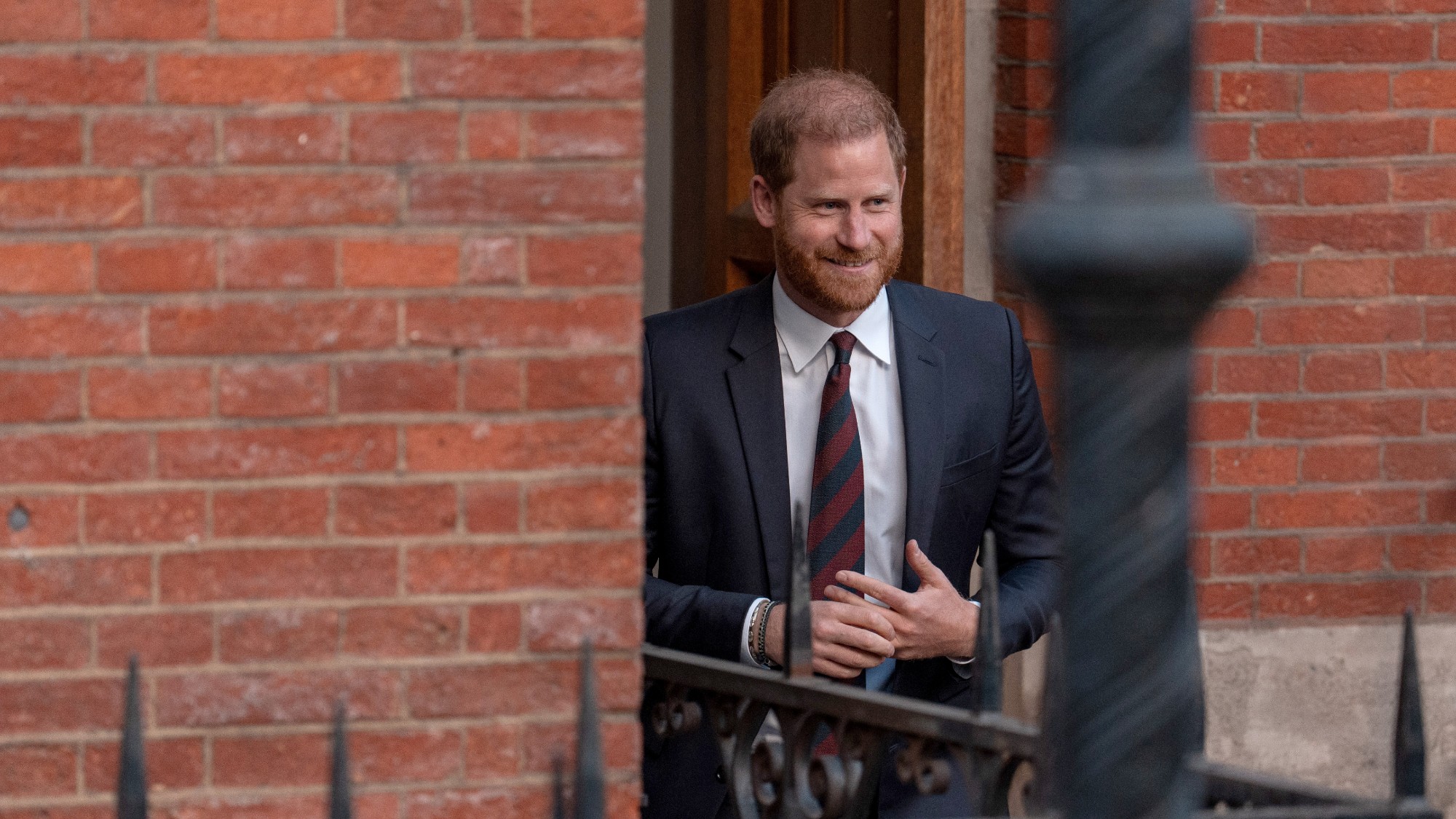 Is Prince Harry owed protection?
Is Prince Harry owed protection?Talking Point The Duke of Sussex claims he has been singled out for 'unjustified and inferior treatment' over decision to withdraw round-the-clock security